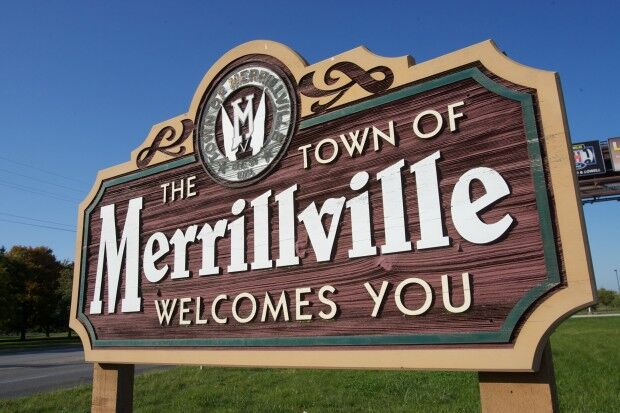In response to Governor Branigan’s request, the USDOT held several hearings over the next two years. Citizens in northwestern and southwestern Indiana seemed to prefer the central time zone with the observance of daylight saving time, while those in other areas of the state favored the eastern time zone without observing daylight saving time. The USDOT decided to divide Indiana between the central time zone and the eastern time zone. Six counties near Chicago (Lake, Porter, LaPorte, Jasper, Newton and Starke) and six counties near Evansville (Posey, Vanderburgh, Warrick, Spencer, Gibson and Pike) were located in the central time zone while respecting daylight saving time.
The rest of the state was located in the Eastern Time Zone; however, Indiana received a special waiver to exempt parts of itself from daylight saving time. Most parts of the state that were in the Eastern Time Zone did not observe daylight saving time. However, Floyd, Clark and Harrison Counties, which are close to Louisville, Kentucky, and Ohio and Dearborn Counties, which are close to Cincinnati, Ohio, unofficially observed daylight saving time due to their proximity to major cities that observed daylight saving time. Supporters of daylight saving time and a common time zone in Indiana often argue that Indiana must adopt the Eastern United States timing system to preserve interstate business with that region.
After much debate in the city, the Indiana General Assembly passed a law to place all of Indiana on central standard time and ban daylight saving time. Opponents of this policy claim that scientific studies evaluating the impact of the shift in hourly policy to daylight saving time in Indiana have identified a significant increase in energy use and electricity spending by Indiana households. Indiana enacted the statute, officially placing northwest and southwest Indiana in the central time zone, in observance of daylight saving time, and the rest of the state in Eastern Standard Time throughout the year. Several counties in eastern Indiana (Ohio and Dearborn Counties, near Cincinnati; and Floyd, Clark and Harrison Counties, near Louisville) chose to unofficially observe daylight saving time despite Indiana law.
In response to Governor Branigan’s request, the USDOT held several hearings over the next two years. Citizens in northwestern and southwestern Indiana seemed to prefer the central time zone with the observance of daylight saving time, while those in other areas of the state favored the eastern time zone without observing daylight saving time. The USDOT decided to divide Indiana between the central time zone and the eastern time zone. Six counties near Chicago (Lake, Porter, LaPorte, Jasper, Newton and Starke) and six counties near Evansville (Posey, Vanderburgh, Warrick, Spencer, Gibson and Pike) were located in the central time zone while respecting daylight saving time.
The rest of the state was located in the Eastern Time Zone; however, Indiana received a special waiver to exempt parts of itself from daylight saving time. Most parts of the state that were in the Eastern Time Zone did not observe daylight saving time. However, Floyd, Clark and Harrison Counties, which are close to Louisville, Kentucky, and Ohio and Dearborn Counties, which are close to Cincinnati, Ohio, unofficially observed daylight saving time due to their proximity to major cities that observed daylight saving time. Supporters of daylight saving time and a common time zone in Indiana often argue that Indiana must adopt the Eastern United States timing system to preserve interstate business with that region.
After much debate in the city, the Indiana General Assembly passed a law to place all of Indiana on central standard time and ban daylight saving time. Opponents of this policy claim that scientific studies evaluating the impact of the shift in hourly policy to daylight saving time in Indiana have identified a significant increase in energy use and electricity spending by Indiana households. Indiana enacted the statute, officially placing northwest and southwest Indiana in the central time zone, in observance of daylight saving time, and the rest of the state in Eastern Standard Time throughout the year. Several counties in eastern Indiana (Ohio and Dearborn Counties, near Cincinnati; and Floyd, Clark and Harrison Counties, near Louisville) chose to unofficially observe daylight saving time despite Indiana law.




